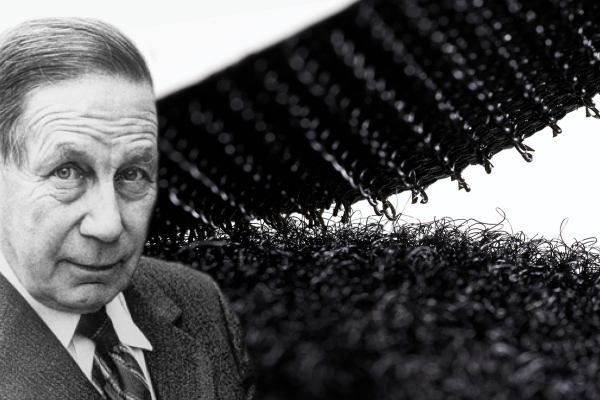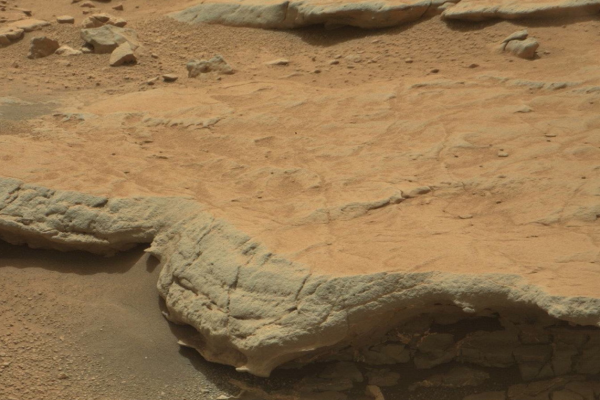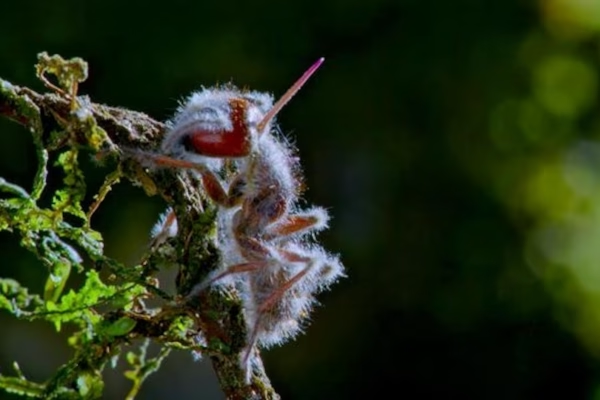
Fascinating Facts About the Discovery of the Compass
innovuscollege.com – The magnetic compass, one of humanity’s most transformative inventions, revolutionized navigation and exploration. Its discovery and development span centuries, originating in ancient China and evolving into the precise instrument we know today. Here are key facts about its history and impact. 1. Invented in Ancient China for Divination, Not Navigation The earliest compass…









